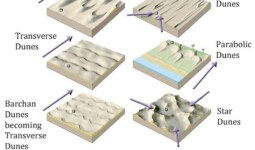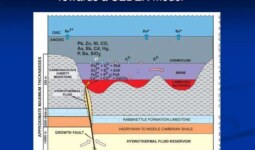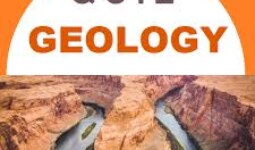Understanding Strip Ratio in Surface Mining
Introduction
In open-pit mining, one of the most fundamental concepts determining the viability and cost-effectiveness of a project is the strip ratio. It is a vital metric that informs whether it is economically feasible to mine a specific deposit. This article explores what the strip ratio is, how it’s calculated, its types, and its importance in mine planning.
What is Strip Ratio?
The strip ratio represents the relationship between the amount of waste material (also called overburden) that must be removed to extract a given quantity of ore. It helps assess the efficiency and economic viability of mining operations.
Strip Ratio Formula
Depending on the measurement units used, strip ratio is calculated in two main ways:
- By Volume:
Strip Ratio = Volume of Overburden / Volume of Ore - By Weight (Mass):
Strip Ratio = Weight of Overburden / Weight of Ore
The result is a simple ratio, like 2:1, meaning two units of waste must be removed for every unit of ore extracted.
Significance of Strip Ratio in Mining
The strip ratio is more than just a number—it reflects the economic efficiency of mining. Here’s why it’s important:
- Operational Costs: Higher strip ratios increase the cost of mining due to the need for more excavation, transportation, and disposal of waste.
- Decision-Making: A high strip ratio may lead mining companies to defer, redesign, or abandon a project.
- Resource Optimization: Helps in determining the optimal pit limits and cut-off grades.
Types of Strip Ratio
1. Overall Strip Ratio (OSR)
This is the total amount of waste removed over the life of the mine divided by the total ore extracted. It is used for long-term planning.
2. Instantaneous or Local Strip Ratio
This refers to the waste-to-ore ratio at a specific stage or block within the mine. It assists in daily or monthly production planning.
Key Influencing Factors
Several factors affect the strip ratio in an open-pit mine:
1. Ore Body Geometry
Thicker or steeper ore bodies often result in lower strip ratios.
2. Depth of Ore
The deeper the ore, the more overburden needs to be removed, increasing the strip ratio.
3. Topography
Natural surface variations impact how much material must be removed before reaching the ore.
4. Pit Design and Slope Angles
Wider pit slopes or inefficient designs can lead to increased waste excavation.
Example Calculation
Let’s consider a simple case:
- Overburden volume = 300,000 m³
- Ore volume = 150,000 m³
Strip Ratio = 300,000 / 150,000 = 2:1
This means that for every 1 m³ of ore, 2 m³ of waste must be moved.
Economic Threshold of Strip Ratio
The acceptable strip ratio varies by commodity and market conditions. For example:
- Coal Mining may tolerate higher strip ratios (e.g., 10:1 or more) due to the relatively lower cost of removing waste and high value of coal.
- Metal Mines usually aim for lower ratios (e.g., 2:1 to 5:1) because of higher operational costs and narrower profit margins.
Strategies to Manage or Reduce Strip Ratio
1. Optimized Mine Planning
Improved pit designs and better slope management reduce the waste-to-ore ratio.
2. Selective Mining
Focusing on high-grade zones can temporarily improve the strip ratio and profitability.
3. Technological Advancements
Use of drones, 3D geological models, and real-time data analytics leads to better forecasting and excavation strategies.
Conclusion
The strip ratio is a foundational concept in surface mining that directly impacts cost, efficiency, and project viability. By carefully analyzing and optimizing strip ratios, mining operations can enhance profitability and resource utilization. Whether in initial feasibility studies or active mining phases, understanding the strip ratio is crucial for effective decision-making.
Would you like this article converted into a presentation or PDF format?




Leave a comment